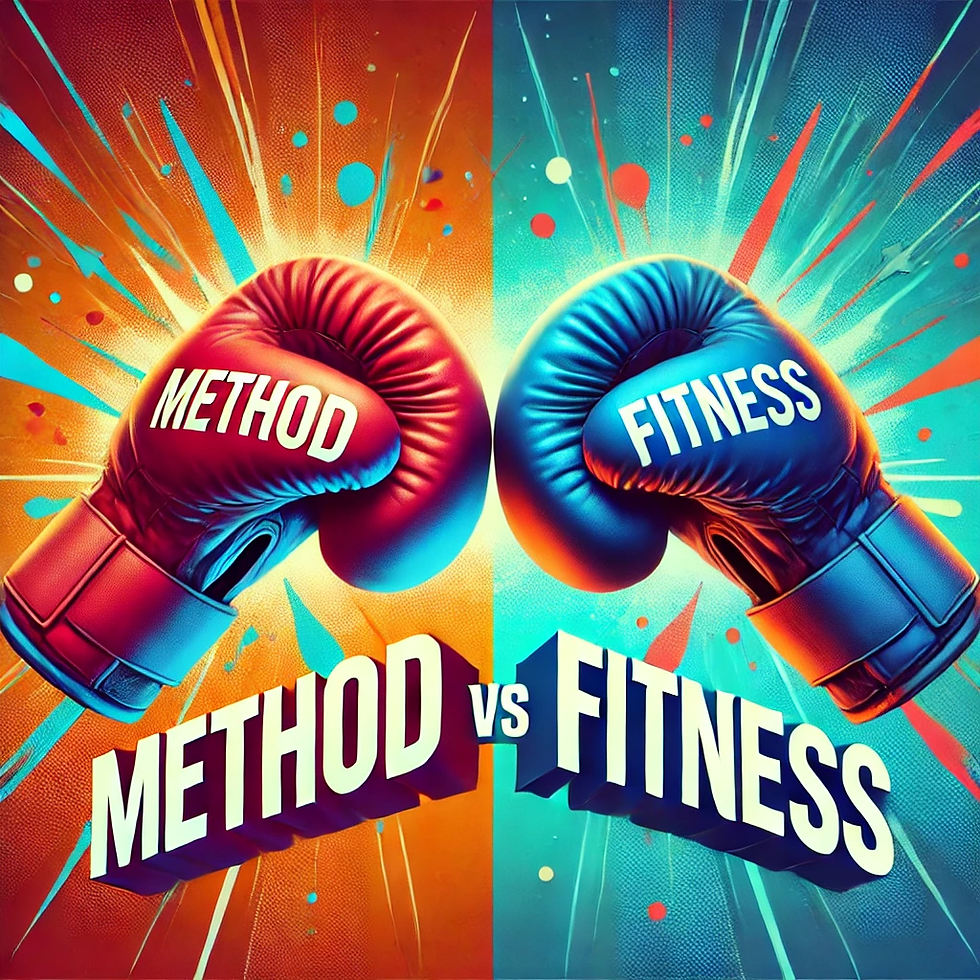
In recent years, the conversation around Pilates teaching has evolved, with increasing discussion about the distinction between a method Pilates teacher and a fitness Pilates teacher. This is becoming particularly topical as different regions, such as Australia and New Zealand, are already categorising these roles, and we're seeing the same shift starting to take place here in the UK. But what exactly is the difference, and how do we as teachers ensure we stay true to the Pilates method?
One key area where the distinction arises is in the length and depth of training. A method Pilates teacher typically has undergone a fully comprehensive training programme, delving deeply into the Pilates principles and understanding the "why" behind each movement. This in-depth training allows them to go beyond merely teaching exercises—they are teaching the method. On the other hand, a fitness Pilates teacher might focus more on exercise delivery without exploring the underlying principles to the same extent, often due to shorter, less comprehensive training.
However, the real difference lies not just in training but also in teaching approach. A method teacher will focus heavily on the principles of Pilates, ensuring clients understand the purpose behind every movement. In the method, we often say that 50% of what you say should be directive—guiding clients on what to do—and 50% should be informative—educating them about the benefits, principles, and reasons behind the movement. This educative aspect is what helps clients connect to the method beyond just an exercise class.
For example, a method Pilates teacher might explain why we use a deep, wide thoracic breath in Pilates rather than the more common abdominal breathing. The purpose of this specific breathing style is to help maintain focus, control the spine, and stabilise the core. This explanation is not just about getting through an exercise; it's about providing clients with tools they can apply throughout their day to improve posture and control. The breath becomes an exercise in its own right, integral to the method.
In contrast, a fitness Pilates teacher might guide a class through the breathing patterns without emphasising the style or why of the breath. They may simply focus on inhaling and exhaling at the right times, without considering how the breath relates to the movement or control of the spine. This is not to say that fitness Pilates lacks value—it can provide an excellent workout and introduce many to the fundamentals of Pilates—but it does not necessarily engage clients in the deeper aspects of the method.
Another consideration is that, as method teachers, we can sometimes stray from the deeper cueing and teaching styles, especially when time is short or the class requires a more fitness-focused approach. It's easy to slip into more directive cueing when we need to simplify things for a class, but this is where it becomes important to remind ourselves of our role in preserving and conveying the Pilates method.
As the categorisation of Pilates teaching continues to evolve globally, it’s becoming more relevant for us here in the UK to reflect on where we fit in. Is our teaching focused on the Pilates method—rooted in principles, breathing, control, and education—or are we leaning more into the fitness side of Pilates? It’s not necessarily about classical versus contemporary, but rather about how we as teachers deliver the content and engage our clients.
Ultimately, the distinction comes down to how we approach our teaching. A method teacher educates and empowers clients to take what they learn in class and apply it to their everyday lives, understanding the principles that make Pilates so transformative. A fitness teacher, while still providing great movement and guidance, may focus more on the physical workout, which can be excellent but perhaps lacks the same depth of method-focused education.
So, where do you see yourself? Are you a method Pilates teacher, committed to the principles and depth of the method, or do you find yourself more aligned with fitness Pilates? There’s value in both, but it's worth considering how you identify your role as a teacher and how you can continue to evolve in your practice.
Feel free to share your thoughts in the comments—let's keep this important conversation going!

Comentarios